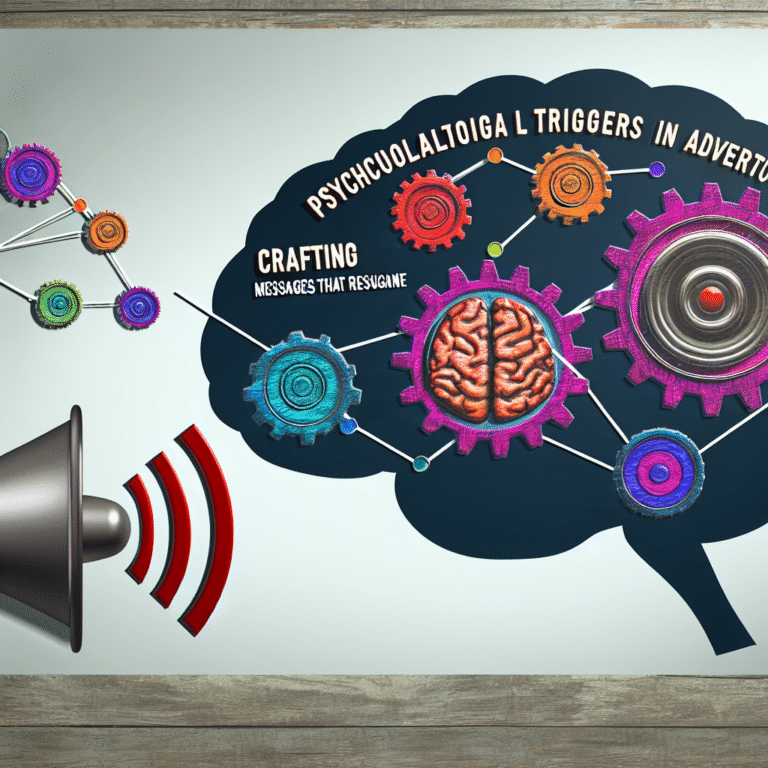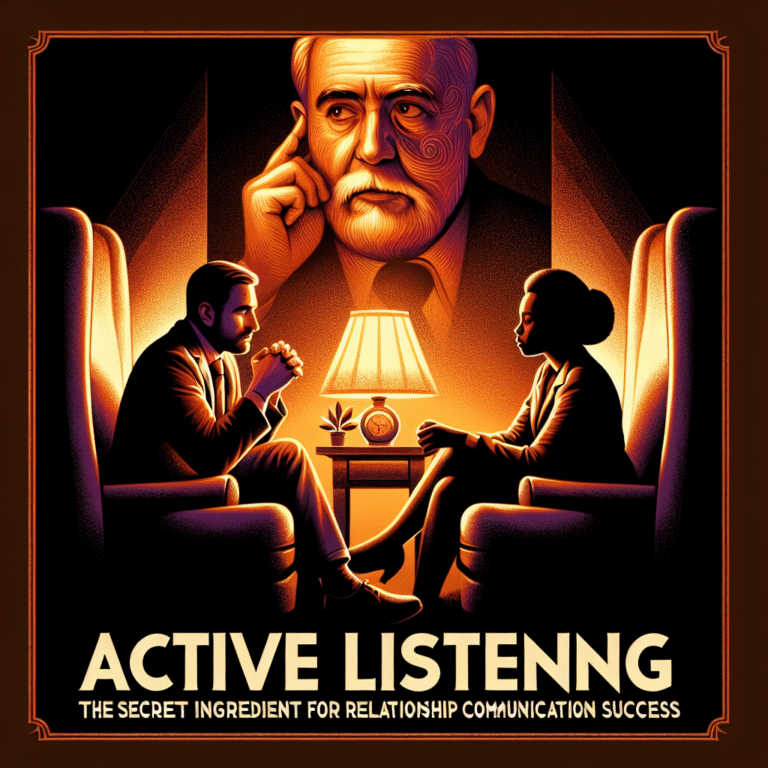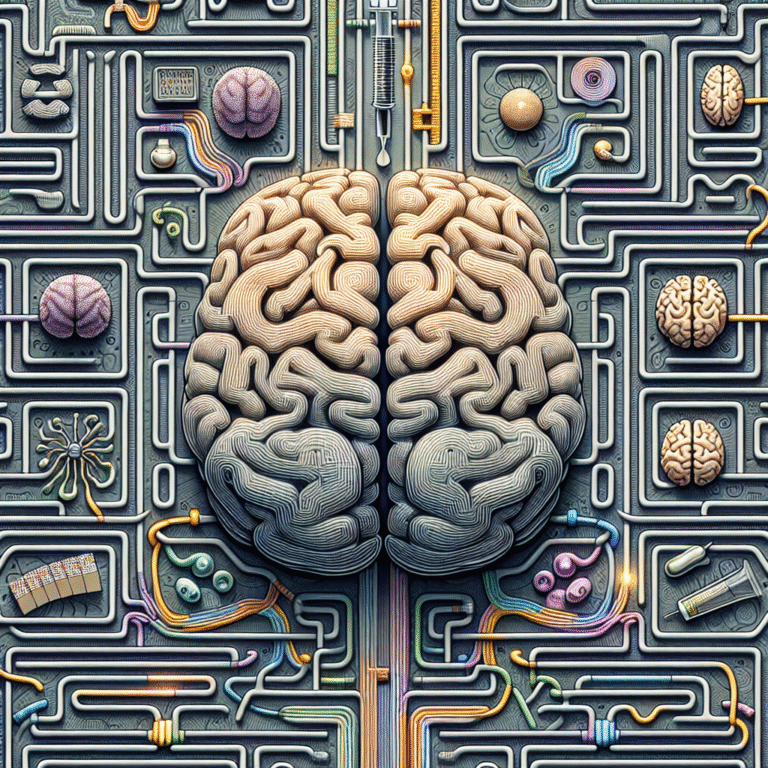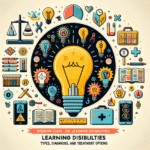
Nudging Decisions: How Subtle Influences Shape Our Choices
Introduction
Every day, we face a whirlwind of choices—from what to eat for breakfast to which car to buy. In this ocean of decisions, have you ever stopped to think about how often your choices are subtly influenced by those around you? Behavioral science teaches us that, contrary to what we may believe about our decision-making processes, a range of external factors nudges us toward particular outcomes. This phenomenon is known as "nudging." In this article, titled Nudging Decisions: How Subtle Influences Shape Our Choices, we’ll explore the intricacies of nudging, its applications, and its profound implications on our lives.
The Science Behind Nudging
What is Nudging?
Nudging is a concept rooted in behavioral economics, which proposes that indirect suggestions and positive reinforcements can significantly influence behavior and decision-making without restricting choices. At its core, nudging leverages our psychological tendencies—whether they stem from biases, heuristics, or social cues—to guide us toward better decisions.
The Psychology of Choice
Our brain is wired to take shortcuts in decision-making for efficiency, leading to what psychologists call "cognitive biases." These biases can skew our perceptions and lead us to suboptimal choices. Understanding how these cognitive mechanisms work is fundamental to grasping Nudging Decisions: How Subtle Influences Shape Our Choices.
Common Cognitive Biases
| Bias | Description |
|---|---|
| Availability Heuristic | Overestimating the importance of information readily available. |
| Anchoring Effect | Relying too heavily on the first piece of information encountered. |
| Loss Aversion | The pain of losing is psychologically twice as powerful as the pleasure of gaining. |
| Status Quo Bias | Preference for the current situation over change, regardless of potential benefits. |
By recognizing these biases, we can better understand how nudges can recalibrate our decision-making processes and encourage more favorable outcomes.
Real-World Applications of Nudging
Case Study 1: Organ Donation Rates
Nudging has paved the way for remarkable changes in public policy, particularly in the area of organ donation. Countries like Sweden and Spain implement an opt-out system for organ donation, where individuals are presumed donors unless they explicitly state otherwise. Research illustrates a significant increase in organ donation rates in these countries compared to those using an opt-in system.
Relevance:
This case study demonstrates how a simple shift in the default option can lead to profound societal benefits, proving that subtle influences can reshape personal and communal choices effortlessly.
Case Study 2: Healthy Eating in Cafeterias
In a notable initiative, researchers implemented nudging strategies in school cafeterias. By rearranging the layout—placing healthier food options at eye level and utilizing visual cues—schools experienced a substantial increase in the consumption of fruits and vegetables among students.
Relevance:
This example exemplifies how environmental modifications can drive healthier decisions, showcasing the power of design in Nudging Decisions: How Subtle Influences Shape Our Choices.
Case Study 3: Financial Planning Defaults
Many people find financial planning daunting. In a study by the National Bureau of Economic Research, companies that automatically enrolled employees in retirement savings plans saw participation rates soar. Notably, employees who are defaulted into a savings plan are more likely to save than those who must opt-in.
Relevance:
This reinforces how defaults influence decisions, encouraging positive financial behaviors without eliminating choice.
The Tools of Nudging
Design and Architecture
- Choice Architecture refers to how options are presented to people, significantly impacting their choices. For example, arranging food items in a grocery store influences consumer behavior.
Messaging
- Framing Effect illustrates how information presented in different ways can alter perceptions. For instance, a message stating "90% fat-free" can appear more appealing than "contains 10% fat."
Social Norms
- Leveraging social proof can nudge individuals towards certain behaviors. Informing consumers that their neighbors are recycling might encourage them to do the same.
Ethical Considerations in Nudging
While nudging can promote positive choices, it raises ethical concerns. Are we infringing on free will by subtly guiding decisions? This is an ongoing debate. Striking the right balance between encouragement and autonomy is crucial.
Case Study 4: Smoking Cessation Programs
In tobacco control initiatives, graphic warning labels on cigarette packages significantly decreased smoking rates. While many see this as a successful nudge, some argue it may infringe on individual choice.
Relevance:
This case emphasizes the ethical dilemma within nudging, as its effectiveness needs to be balanced with respect for personal autonomy.
Case Study Analysis
The above studies present a compelling case for nudging but also spark questions about ethics and the boundaries of influence. As we advance our understanding of behavior, ongoing scrutiny is essential in ensuring that nudges remain constructive and ethical.
Visualizing Nudging
Introducing a visual chart can help clarify the principles behind nudging and its effects. Below is a simplified visual breakdown of how nudging can operate across different contexts:
| Context | Nudging Technique | Outcome |
|---|---|---|
| Health | Visual Cues | Increased fruit and vegetable consumption |
| Finance | Automatic Enrollment | Higher retirement savings rates |
| Environment | Social Proof | Increased recycling behavior |
| Public Policy | Default Settings | Higher organ donation rates |
The Future of Nudging
As society advances, so will our methods of applying nudging techniques. The integration of technology, such as apps that promote healthier choices or financial planning, will likely transform how nudges are delivered. For example, personalized nudges based on behavioral data could cater to individual psychology, enhancing decision outcomes further.
Actionable Insights
Understanding Nudging Decisions: How Subtle Influences Shape Our Choices offers actionable insights for all sectors. Here’s how you can apply nudging in your personal and professional life:
- Reframe Options: Present choices in a manner that highlights benefits rather than negatives.
- Use Defaults Wisely: When applicable, set defaults that promote average success, such as automatic saving plans.
- Engage with Design: Optimize physical and digital environments to motivate better decision-making.
- Leverage Social Norms: Use peer influence to encourage desired outcomes in your communities.
- Monitor and Evaluate: Always assess the effectiveness of any nudging strategy and be prepared to refine your approach.
Conclusion
The exploration of Nudging Decisions: How Subtle Influences Shape Our Choices reveals the profound impact of behavioral science on our daily lives. By harnessing the potential of nudging, we can improve decision-making in health, finance, and social behavior. However, it is crucial to approach this power responsibly and ethically, ensuring that we respect individual autonomy.
As we move forward, contemplate how you can integrate nudging into your life sustainably. Empower yourself and others by framing options, optimizing environments, and supporting choices that lead to healthier outcomes and better decisions.
FAQs
1. What is nudging?
Nudging is a behavioral science concept where subtle design elements or suggestions influence people’s decisions without restricting their freedom of choice.
2. How effective are nudging strategies?
Nudging has proven to be highly effective in various domains, including public health and financial planning, often leading to significant improvements in positive behavior.
3. Are there ethical concerns with nudging?
Yes, ethical concerns arise regarding manipulation and the infringement on individual choice. It’s essential to balance influence with respect for autonomy.
4. Can nudging strategies be applied in everyday life?
Absolutely! Everyday choices, such as healthy eating or saving money, can be improved by applying nudging principles, such as presentation and defaults.
5. Where can I learn more about nudging?
Books like "Nudge: Improving Decisions About Health, Wealth, and Happiness" by Richard Thaler and Cass Sunstein provide foundational insight into nudging concepts and applications.
By exploring Nudging Decisions: How Subtle Influences Shape Our Choices, we unlock the key to fostering improved decision-making through understanding and awareness of our behavioral tendencies. Embrace the power of nudging and become the architect of not just your choices but the choices of those around you as well.















